Vietnam Military Helmet - Another update was that the M1 helmet was worn in the field with a newly developed fabric helmet cover designed to reduce glare and drafts on the wearer's head. The "Mitchell Pattern Camouflage" was developed for use in the war with the Soviet Union and featured green foliage for spring/summer with brown and earth tones for fall/winter.
Additionally, the ACH has a front opening that accommodates sunglasses or goggles, keeping out sandstorms in desert combat, or heavy rain and wind. Due to its light weight, protective properties and the flexibility of various configurations, the troops immediately supported it.
Vietnam Military Helmet
Source: amcmuseum.org
Additionally, there's an optional black steel clip-on mount on the forehead shield that can be used to attach devices ranging from night-vision goggles to video cameras, and the Army has advanced armor at its disposal. On May 20, wearing General Norman Schwarzkopf's Operation Desert Storm helmet, the Lemelson Smithsonian Center for the Study of Invention and Innovation will host Military Invention Day, which will explore how objects designed for the battlefield have adapted to the unfettered aspects of America.
Peter Suciu
Culture.. Pitt's Vietnam War helmet has a VC badge. This basic helmet design used by North Vietnamese troops and the National Liberation Front during the Vietnam War is still in use today. Made of synthetic material with a cotton fabric lining bonded to the helmet, the liner is a rubberized fabric.
This wartime example had a leather chinstrap and had a steep dome and rim. Store Hours: Monday-Friday: 09.00 – 18.00 MT Saturday: 09.00 – 17.30 MT Sunday: Noon – 17.00 MT Keep the collection for yourself or inspire other buyers!
Note that public collections can be seen by anyone - they can also appear in recommendations and other places. See Etsy's Privacy Policy. This type of data sharing may be considered a "sale" of information under California privacy laws.
Opting out of personalized advertising will opt you out of this "sale". Learn more in our Privacy Policy, Help Center and Cookies and Similar Technologies Policy. Contact us: 800-653-8528 406-259-8528 “What struck me most about General Schwarzkopf's helmet,” says Frank Blazic, Jr., curator of modern military forces at the Smithsonian's National Museum of American History in Washington, D.C., “is that it shows how technology works and
 Source: cdn.shopify.com
Source: cdn.shopify.com
Next Step In American Helmets The M
Innovation together in the field of defense of ground forces. The military calls it the M-1 helmet; The troops called it "Steel Pot". It feels like it weighs half a ton when you first put it on your freshly shaved head at base training or camp.
I'm pretty sure that in 1941 when the US military introduced the steel pot (with a fiberglass cover), some GI or Marine wrote "Kilroy was here" or some other odd or ironic note on the helmet.
However, prior to the Vietnam War, what you would most commonly see on helmets were rank insignia and unit designations. Peter Suciu is a Michigan-based freelance writer who regularly covers military history and equipment for the National Interest and FoxNews.
He has been collecting small arms and military headgear since he was 12 years old. His latest book A Gallery of Military Headdress was released last year and is available on Amazon.com here. All kinds of iconoclastic things were found in our steel pots.
Modern American Military Helmets
So far, the most popular are the peace sign and the short-term calendar. Ironically, the most reproduced helmet graffiti from the Vietnam War is fictitious, even though it is based on reality: "Born to Kill", which the soldier Joker wrote on his steel boiler in the movie "Full Metal Jacket", based on a former marine.
Gustav Hasford's 1979 novel Short Timers. Known as PASGT (Personal Armored System Ground Troops), the helmet was introduced to US ground troops in the years following the Vietnam conflict - and was initially used in limited numbers during operations in Grenada and Haiti in the 1980s.
 Source: dygtyjqp7pi0m.cloudfront.net
Source: dygtyjqp7pi0m.cloudfront.net
It was widely used by US ground forces in 1991 during Operation Desert Storm, when US forces led a 34-nation coalition to liberate Kuwait after it was occupied by Iraq in August 1990. Price AU$99.18 Rp.99.18 First American troops seen.
Action World War II was fought in a modified version of the 1917 model World War I helmet known as the "Kelly Helmet". The M1917A1 was used in the Philippines and Wake Island early in the war, as the new and improved M1 helmet had just begun production.
The American Tin Hat
Ask even the most serious or advanced helmet collector what the first American combat helmet was and you'll probably get a few different opinions. Most claim it was the Model 1917, based on the British Mk I steel helmet first introduced in 1916.
Others suggest it was the Liberty Bell, one of several experimental designs developed during World War I. The helmets were produced in-house and were based on a French design that was not very different from the French heavy cavalry helmets of the early stages of World War I, and which later influenced the design of the Model 1915 "Hadrien" helmet.
According to reports, this helmet was recovered by Sgt. William D. Burnett (Alpha Company, 1st Bn, 18th Infantry Regiment, 2nd Bde, 1st Infantry Division) at the rear end of Operation Lexington in the Rung Sat Special Area on May 22, 1966.
As the Cold War continued and unraveled, it became clear to US military planners that the M1 steel pot, designed for use in World War II, would not be ideal in a modern conflict. Springfield Armory® recommends that you receive qualified and competent training from a certified instructor before using any firearm and be sure to read your owner's manual.
 Source: enemymilitaria.com
Source: enemymilitaria.com
Personalised Advertising
These articles and videos are considered advice and not a recommendation from Springfield Armory. The views and opinions expressed on this website are those of the authors and do not necessarily reflect the views or opinions of Springfield Armory.
Product prices indicated in articles and videos are valid as of the date of publication. The message of the Joker's iconic helmet is at the center of the film's surreal "human duality" dialogue, in which a tough colonel chews out the soldier Joker for his peace symbol button.
"Born to kill" is written on your helmet and you wear a peace button. Was this some sick joke?” Colonel Harrumph. To which the Joker replies, "I'm trying to suggest something about human duality, mister Jung, mister."
To which the colonel replied: Whose side are you on, boy? Several helmet designs were tested, as were materials, including titanium, aluminum, and even glass-reinforced plastic. After many trials during the Cold War, the M1 steel helmet was finally phased out in the early 1980s when the Army introduced the Ground Forces Personnel Protection System (PASGT), which consisted of a Kevlar helmet and ballistic vest.
Return Of The Sun Helmet
So in 1941, on the eve of World War II, the Army and some of its research partners produced the M1 helmet: which had a small ring on the front to prevent deposition from the soldier's face, and a slight lip ring.
Detour. The sides of the helmet also came down to cover half of the soldier's ears before coming down to cover the back of the soldier's skull. It also uses a manganese steel outer shell that weighs just 2.85 pounds and a molded fiberglass inner layer.
 Source: i.ytimg.com
Source: i.ytimg.com
Later, during the war, it was upgraded with a better canvas chinstrap, "which would snap under pressure," says Blazic. Like other combatants in the Great War, the United States entered the conflict without adequate cover for the new type of war it was fighting.
American military planners had the luxury of testing various helmets designed, but due to the need to supply the troops going to France, the United States Army was forced to acquire several hundred thousand British Mark I helmets before domestic production could begin.
Us Helmets In Vietnam And Beyond
. Brody's helmet also has other built-in dangers. The chinstrap, once tightened, was difficult to undo: so if the Doughboy got caught in the helmet or caught between objects, the situation could be fatal, as the soldier would have difficulty removing the helmet and would therefore be stuck and unable to move.
battlefield. The Smithsonian's Lemelson Research Center for Invention and Innovation will host Military Invention Day on May 20, 2017, from 10:00 a.m. to 5:30 p.m. at the Smithsonian's National Museum of American History on the National Mall.
Along with General Schwarzkopf's helmet, it exemplifies the entire line of American military helmets over the past century; In addition to a thorough chronology of various other modern war instruments. In each case, the program shows how advances in military technology have changed combat and force protection since World War I, and how these technologies have spilled over into other areas of American life.
The United States Marine Corps was the first to adopt the helmet before World War II, after action in Haiti. It saw service as a training helmet and in the rear operating area, and in Vietnam, it was issued for engineering and troop support.
 Source: cdn.shopify.com
Source: cdn.shopify.com
Required Cookies Technologies
To enable personalized advertising (such as interest-based advertising), we may share your data with our marketing and advertising partners using cookies and other technologies. These partners may have their own information that they have collected about you.
Disabling personalized advertising settings will not prevent you from seeing Etsy ads or affect Etsy's personalization technology, but it may make the ads you see less relevant or more repetitive. Developed as a replacement for the ACH/ECH in 2013 under the US Army's Soldier Protection Systems Program, the IHPS is intended to improve Soldier protection and performance while reducing the weight of the Soldier's personal protective equipment.
Helmets are also designed to help with traumatic brain injuries. The IHPS is already deployed in units serving in Afghanistan, Iraq and Syria - and will be adopted by the US Army in the services. At the end of this decade.
Sale price AU$435.82 Blazic says the liner uses adjustable meshes bonded together that can be tightened or loosened as found in today's construction hard hats, allowing the helmet to more precisely conform to the characteristics of each soldier's skull.
"This is a very big development." However, no area of military personnel technology better demonstrates how change is occurring in warfare than the American military helmet. Blazic says, "In 1917, when America entered World War I, we used a British helmet of the time, called the Brodie helmet or the Mark 1 helmet."
The American helmet is called the M1917. This was an early variation of the classic North Vietnamese Army sun helmet. Made of waterproof material but covered with fabric. There are two standard vents on the sides, but no vent on the front.
Instead, a yellow star was applied with some kind of resin, possibly indicating an officer's helmet. Editor's Note: Be sure to check out the Armory Life Forum where you can comment on our daily articles as well as just talk about guns and gear.
Click the 'Open Forum Thread' link below to log in and discuss this article and more!
vietnam army helmets for sale, vietnam us helmet, vietnam era helmets for sale, vietnam soldiers helmet, vietnam war us army helmet, vietnam style helmet, army helmet vietnam era, vietnamese army helmet

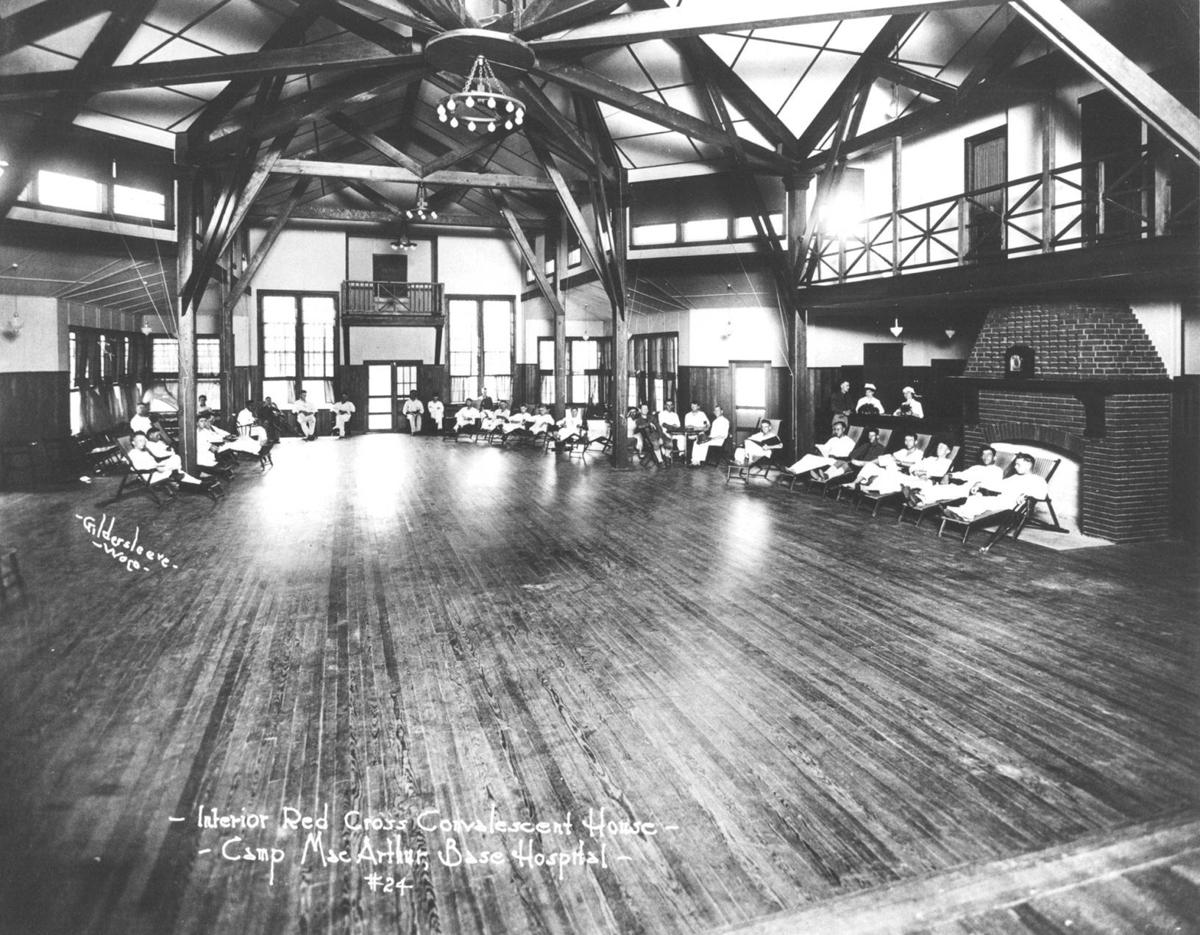 Source: bloximages.chicago2.vip.townnews.com
Source: bloximages.chicago2.vip.townnews.com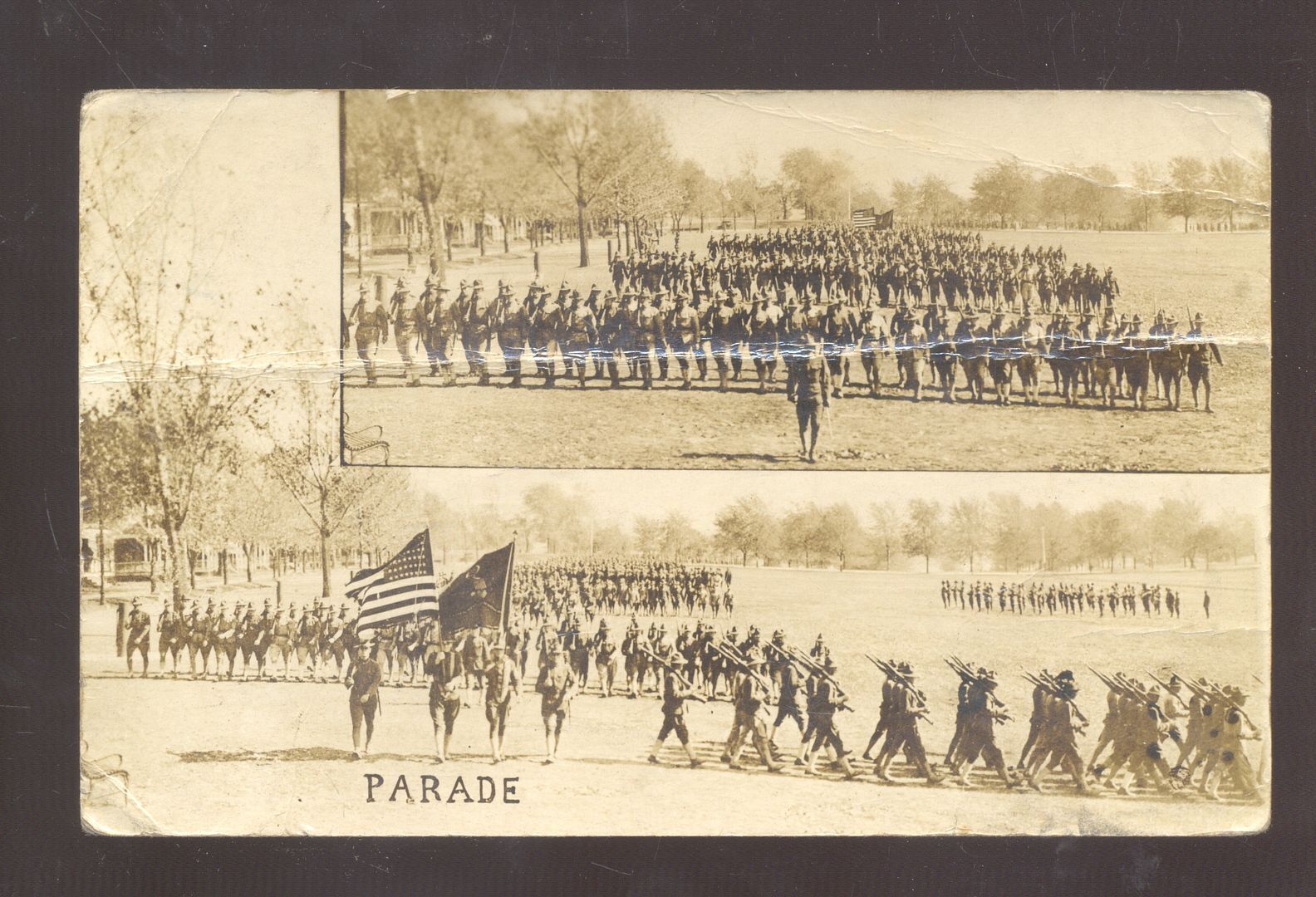 Source: storage.googleapis.com
Source: storage.googleapis.com Source: wacotexashistoryinpictures.files.wordpress.com
Source: wacotexashistoryinpictures.files.wordpress.com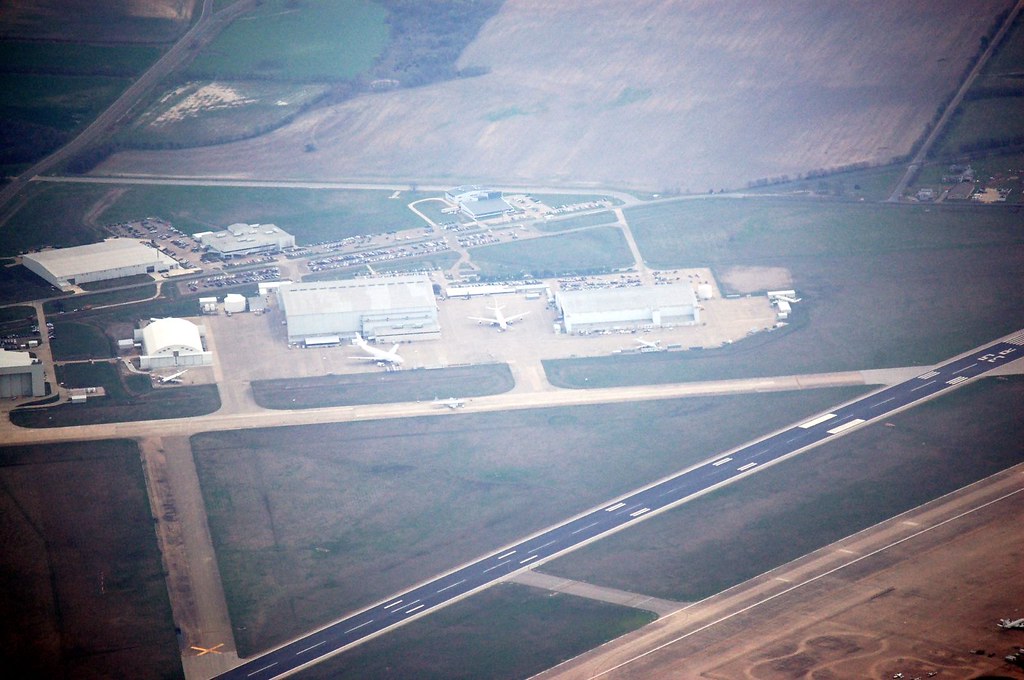 Source: c1.staticflickr.com
Source: c1.staticflickr.com Source: api.army.mil
Source: api.army.mil
 Source: assets.isu.pub
Source: assets.isu.pub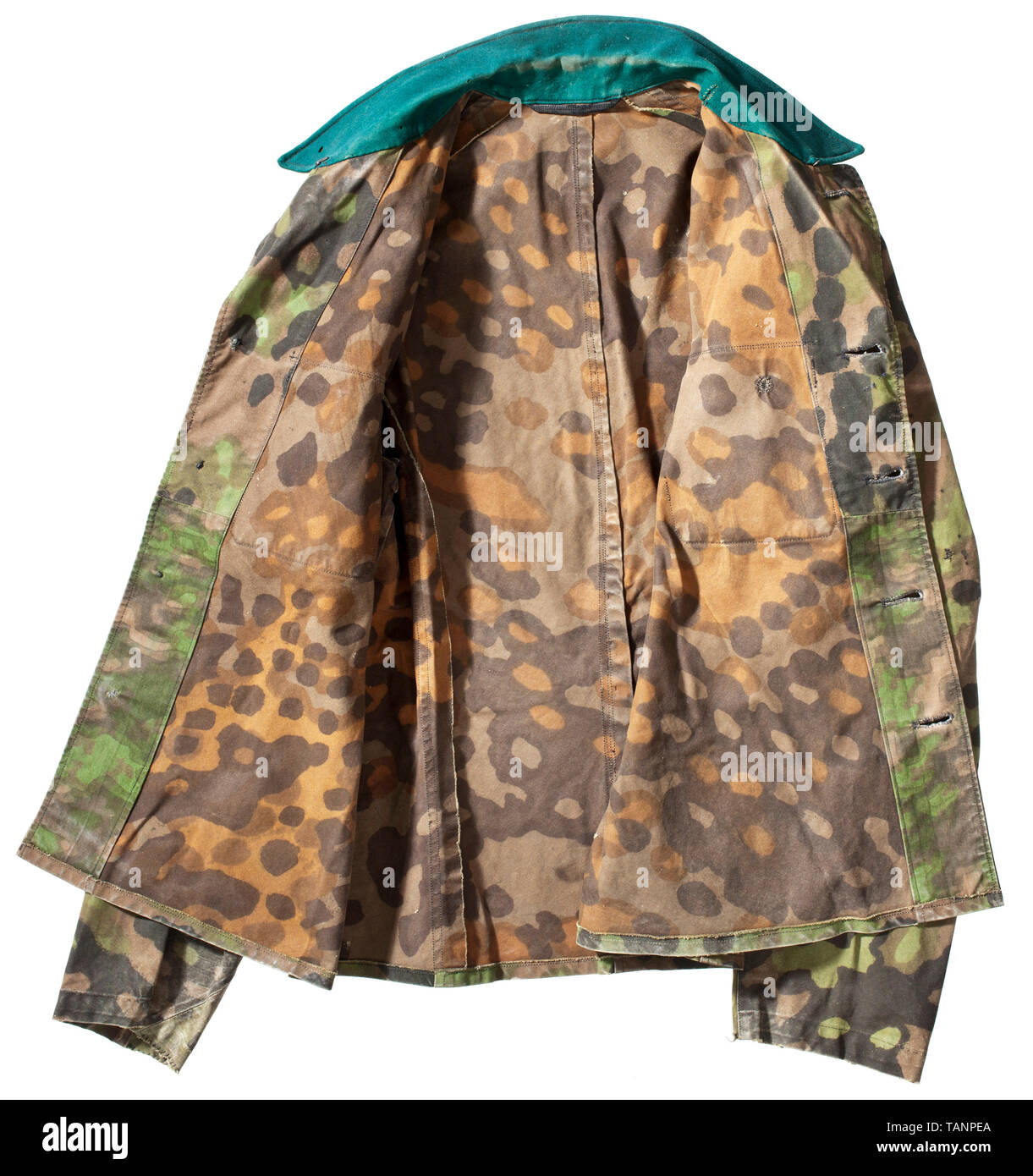 Source: c8.alamy.com
Source: c8.alamy.com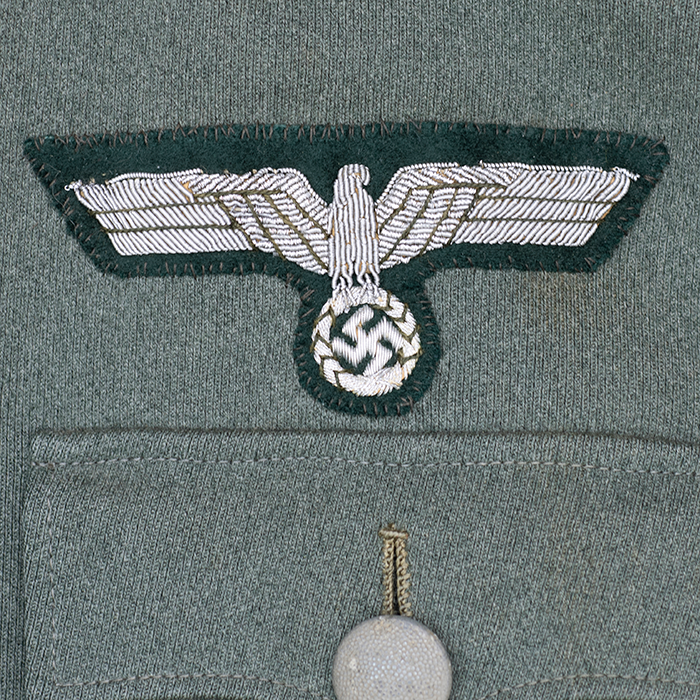 Source: www.virtualgrenadier.com
Source: www.virtualgrenadier.com-950x1000_0.JPG) Source: gielsmilitaria.com
Source: gielsmilitaria.com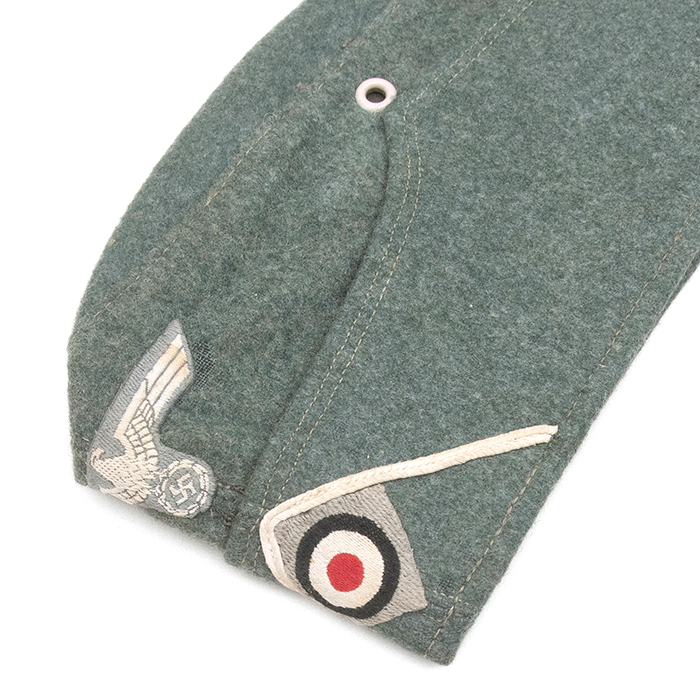 Source: virtualgrenadier.com
Source: virtualgrenadier.com
 Source: i0.wp.com
Source: i0.wp.com Source: cdn.shopify.com
Source: cdn.shopify.com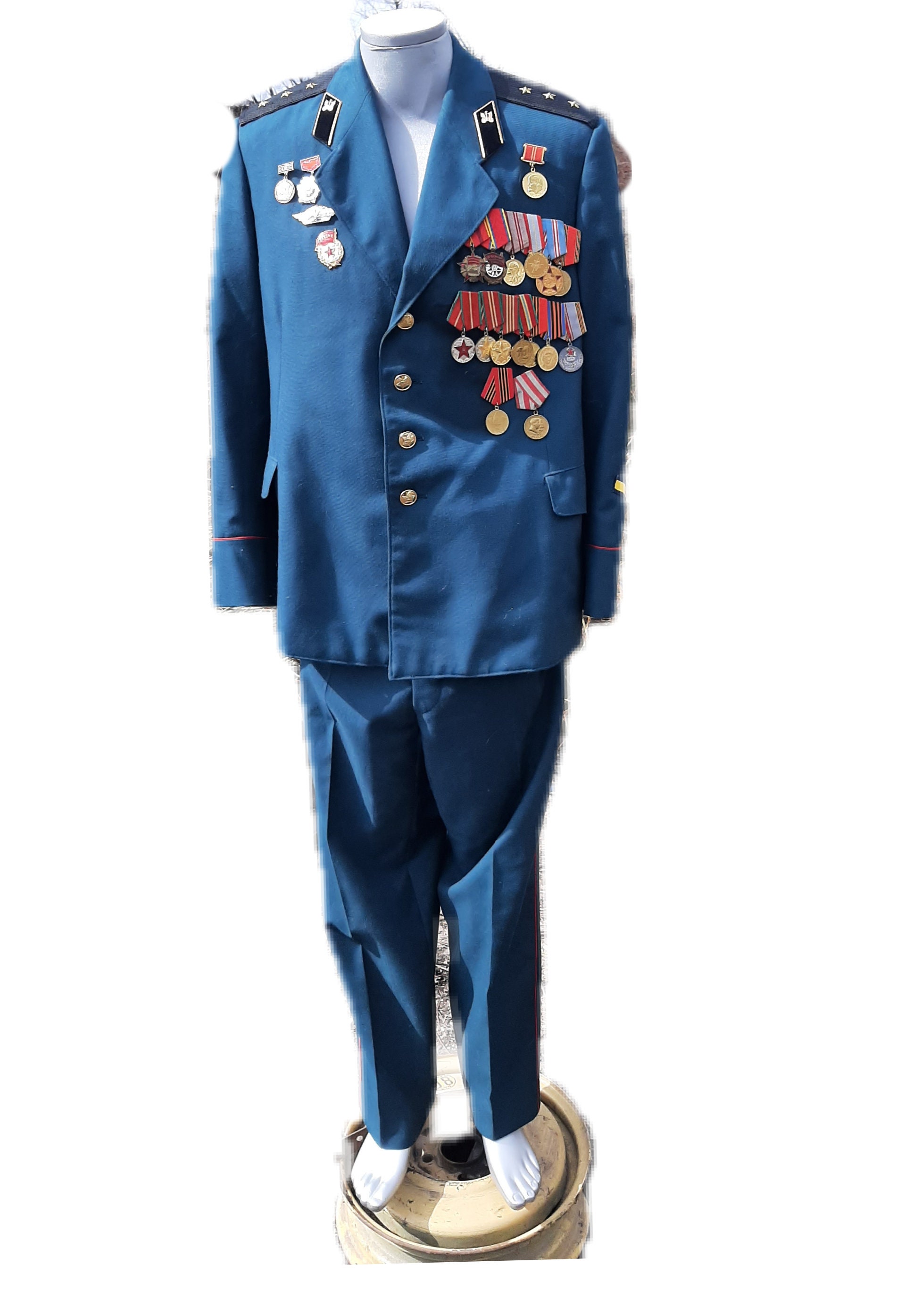 Source: i.etsystatic.com
Source: i.etsystatic.com Source: ae01.alicdn.com
Source: ae01.alicdn.com Source: i.pinimg.com
Source: i.pinimg.com
 Source: thumbs.dreamstime.com
Source: thumbs.dreamstime.com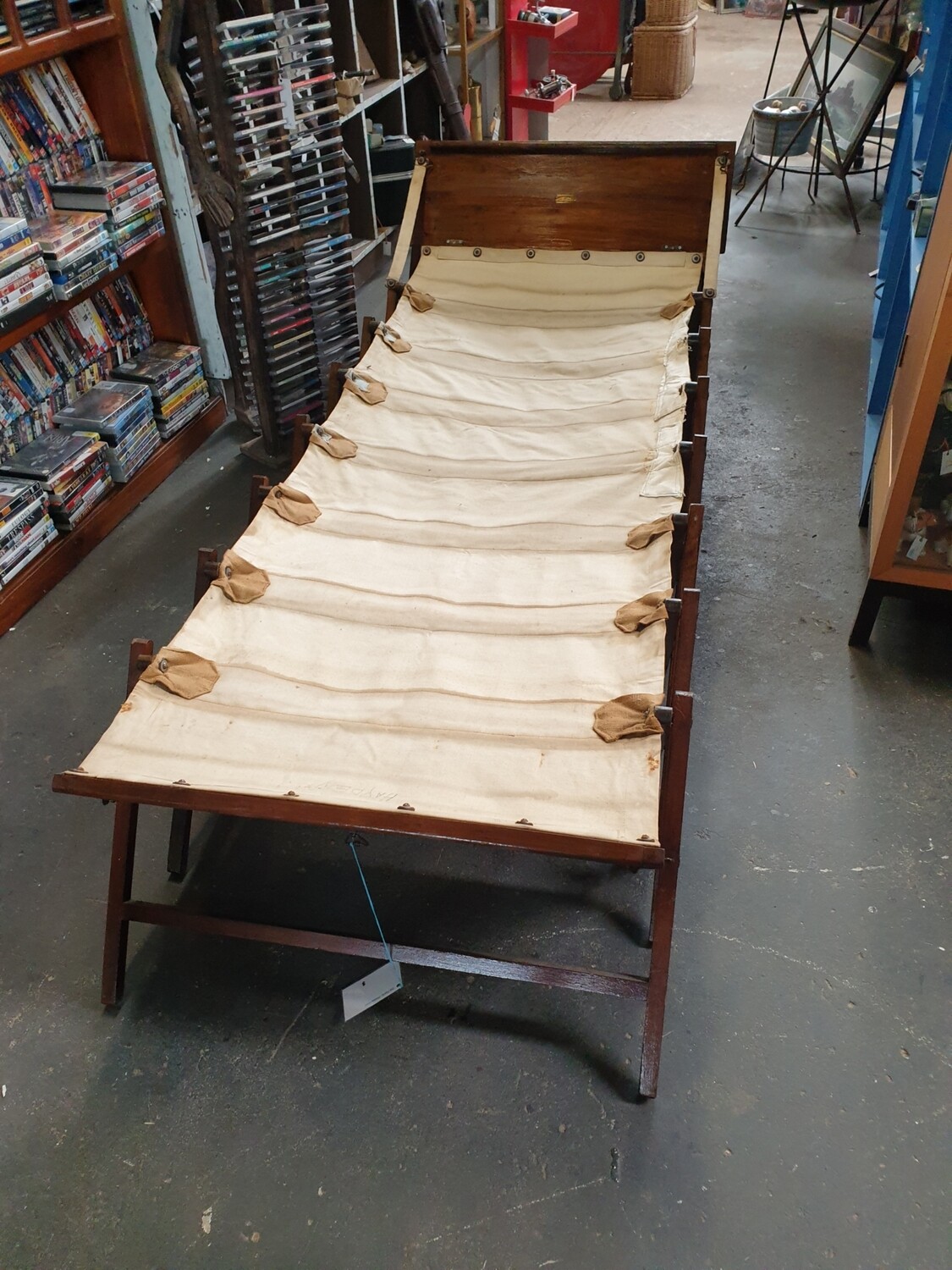 Source: d2j6dbq0eux0bg.cloudfront.net
Source: d2j6dbq0eux0bg.cloudfront.net Source: chairish-prod.freetls.fastly.net
Source: chairish-prod.freetls.fastly.net Source: u-mercari-images.mercdn.net
Source: u-mercari-images.mercdn.net Source: a.1stdibscdn.com
Source: a.1stdibscdn.com
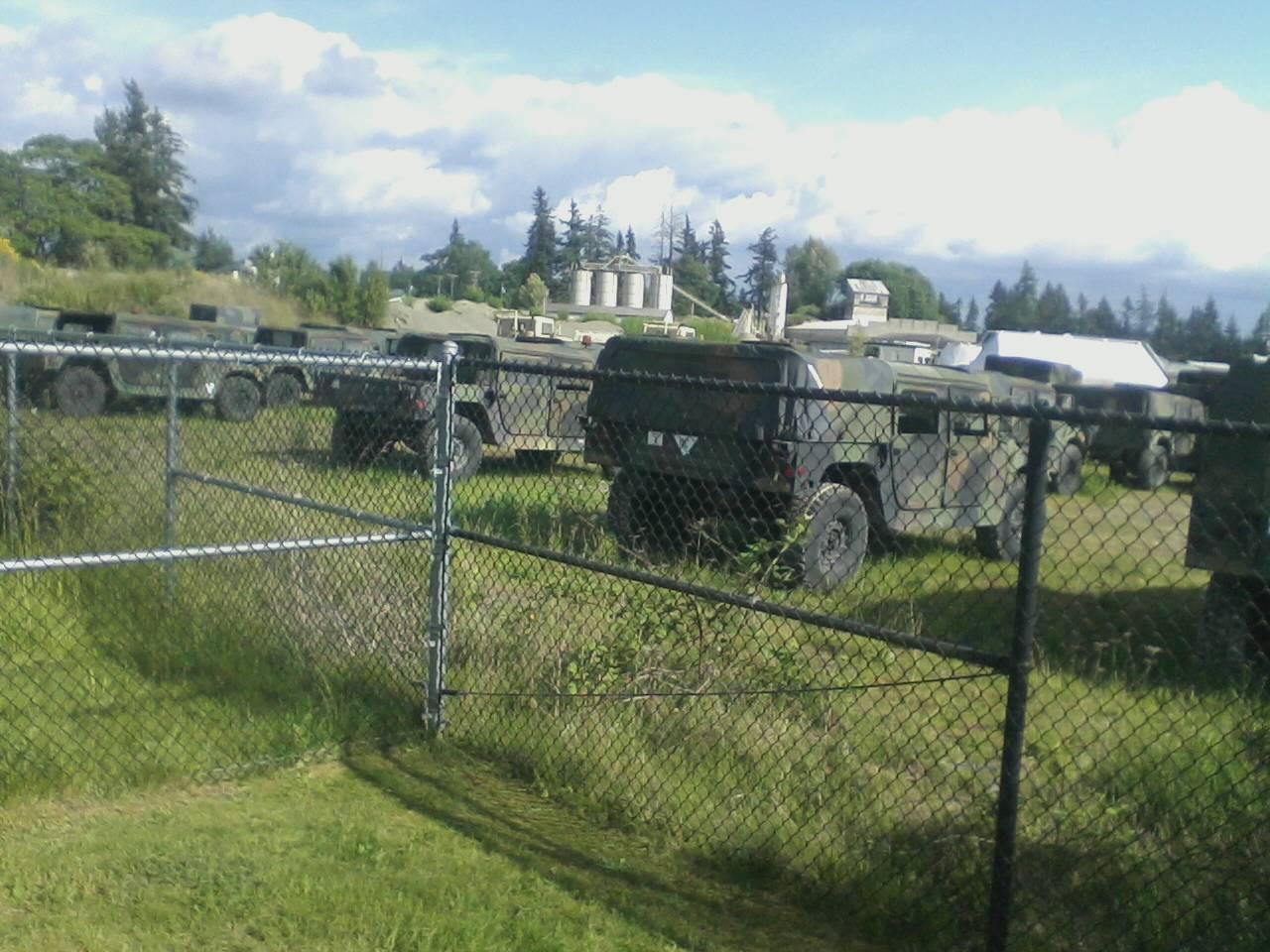 Source: allnewspipeline.com
Source: allnewspipeline.com/cloudfront-us-east-1.images.arcpublishing.com/dmn/GUEVXECQNNGPDF32P3Y4A5T5TE.jpg) Source: dmn-dallas-news-prod.cdn.arcpublishing.com
Source: dmn-dallas-news-prod.cdn.arcpublishing.com Source: myareanetwork-photos.s3.amazonaws.com
Source: myareanetwork-photos.s3.amazonaws.com Source: cdn.businessyab.com
Source: cdn.businessyab.com Source: yourislandnews.com
Source: yourislandnews.com
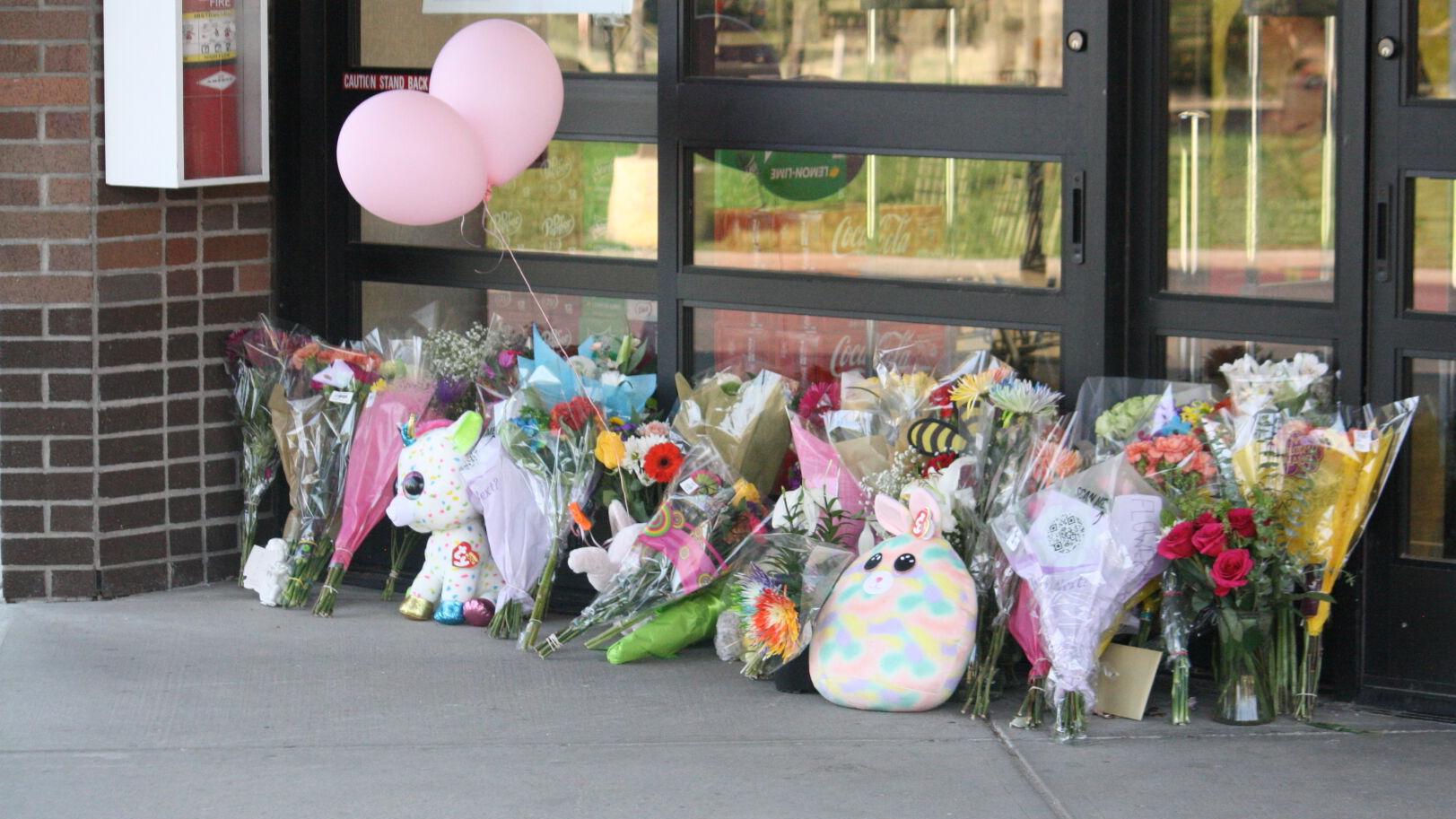 Source: bloximages.newyork1.vip.townnews.com
Source: bloximages.newyork1.vip.townnews.com Source: preview.redd.it
Source: preview.redd.it/cloudfront-us-east-1.images.arcpublishing.com/gray/TFEUDYJOQ5FBFOT44NFUT5JVYY.jpg) Source: gray-wggb-prod.cdn.arcpublishing.com
Source: gray-wggb-prod.cdn.arcpublishing.com Source: images.pond5.com
Source: images.pond5.com Source: 4.bp.blogspot.com
Source: 4.bp.blogspot.com